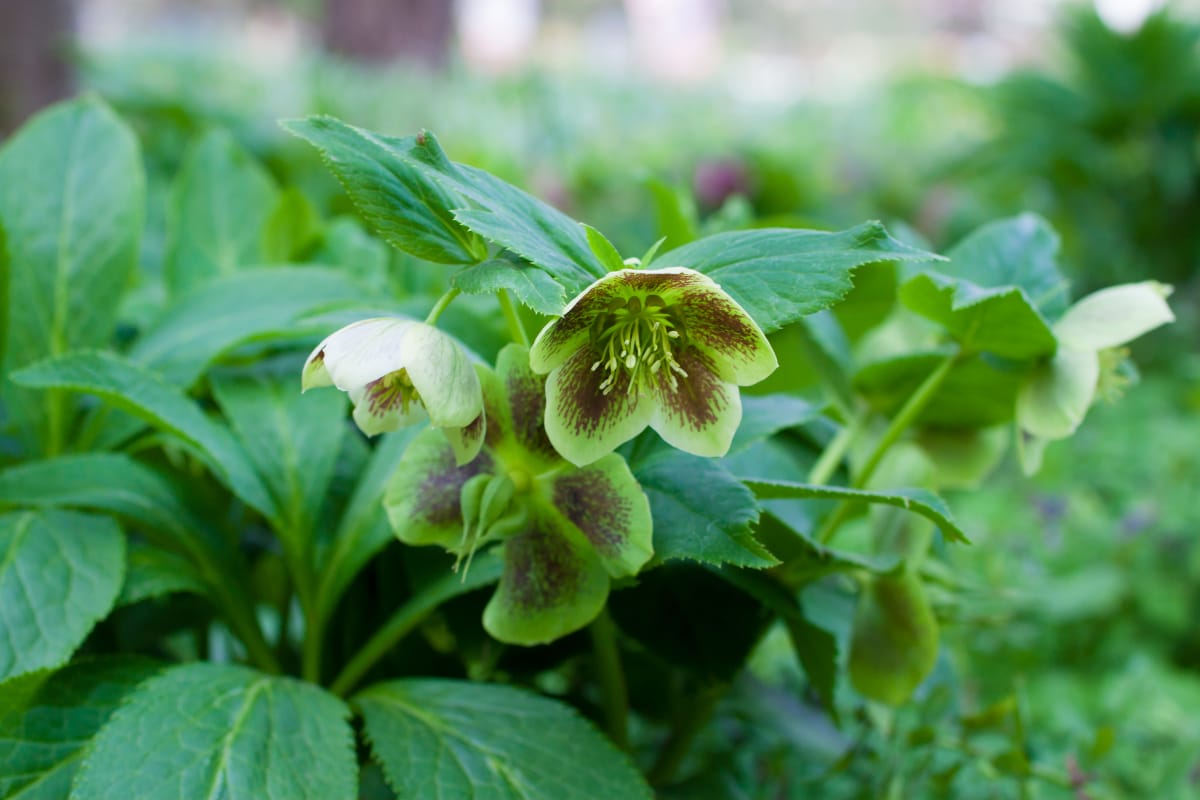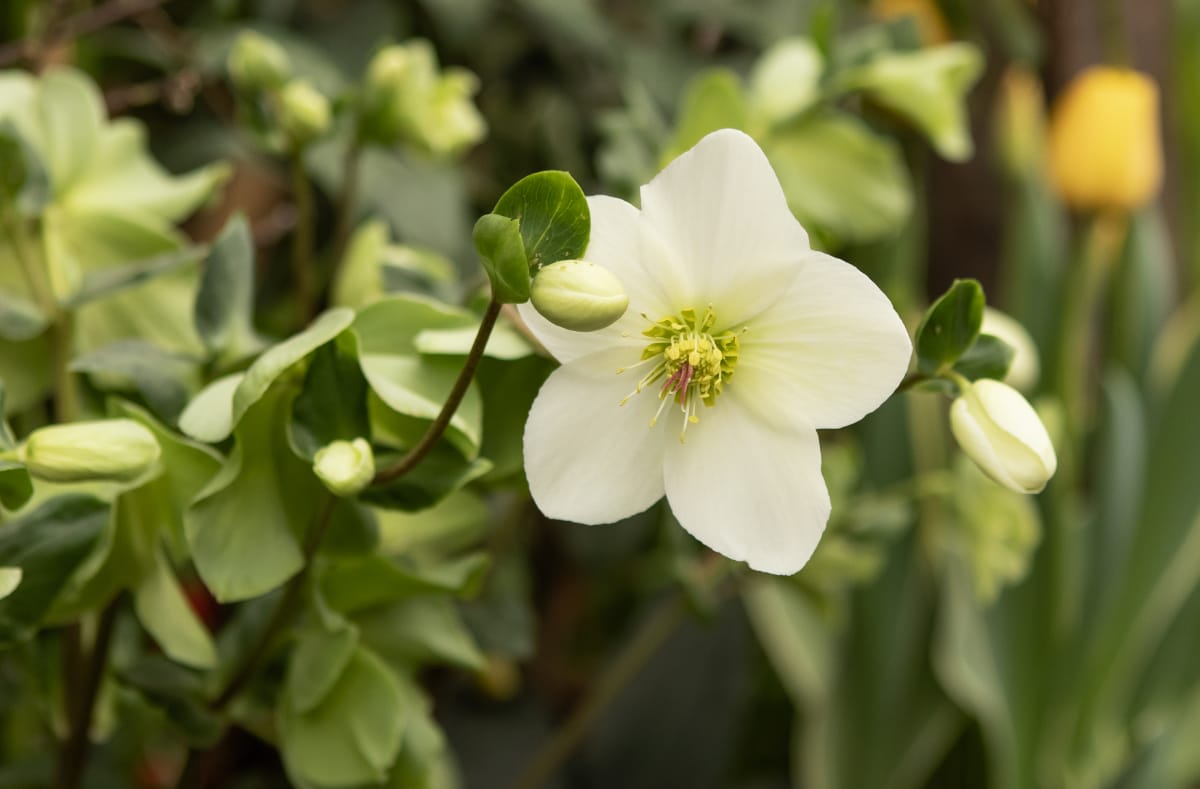Nothing in Basket!
About the Author & Content Disclaimer
The advice in this post is based on 10+ years of hands-on experience testing seeds in our sandy Suffolk Garden.
While I love sharing my journey and the things I discover, please understand that I am not a certified professional in gardening or wildlife. I ground my content by deep-diving into reliable books and expert resources, but please use my advice only as a guide for your specific garden.
I use and sell the same UK-sourced, wildlife-approved seeds in my own garden that you see throughout this site. Shop the seeds here.
If you notice any inaccuracies or have additional insights to share, please feel free to contact me via this website's contact forms.
After much research, I discovered that hellebores were a good solution to the two problems I was trying to solve: providing early emerging bees with food and growing a plant in a dry shady area.
Hellebores are an excellent choice for early-emerging bees, providing them with a reliable source of nectar and pollen. Their flowers are also a beautiful addition to any garden. Helleborus orientalis is a shade-tolerant plant that can tolerate dry conditions, making it a good choice for a shady, dry area in your garden.
Plant: April, May, June and July
Flowers: January, February, March and April
Cut Back: February and March
Interesting fact: Hellebores belong to the buttercup family
Hellebores are a great plant for early emerging bees. They are easy to grow and are undemanding, so they are perfect if you want to create a wildlife friendly garden.

Hellebores can be planted at any time of the year, as long as the soil isn't frozen. Most hellebores are for sale when they are in flower, from late winter to early spring, but check out the bargain section of a garden centre in summer and they may have some for sale at a huge discount, and you'll still be able to plant them out without any problems. But once planted, do not move them, they don't like it.
It is always best to add the right plant to the right situation. Then you don't have to alter your soil which is better for the environment. I'm very much into doing nothing and just adding a plant directly into my soil.
But to give it a good start you can add some compost to the planting hole to help it settle in. Firm in gently and water well.
Hellebores are relatively low-maintenance plants, but there are a few things you can do to keep them healthy and blooming:

If you want to propagate hellebores, it is best done by collecting seeds or letting the plant self seed.
Sowing seeds:
Dividing the plant:
Self-seeding:
Hellebores are susceptible to leaf spot, a fungal infection that can cause brown and black patches on leaves. If you see any affected foliage, remove it immediately to prevent the spread of the infection.
Nothing in Basket!
